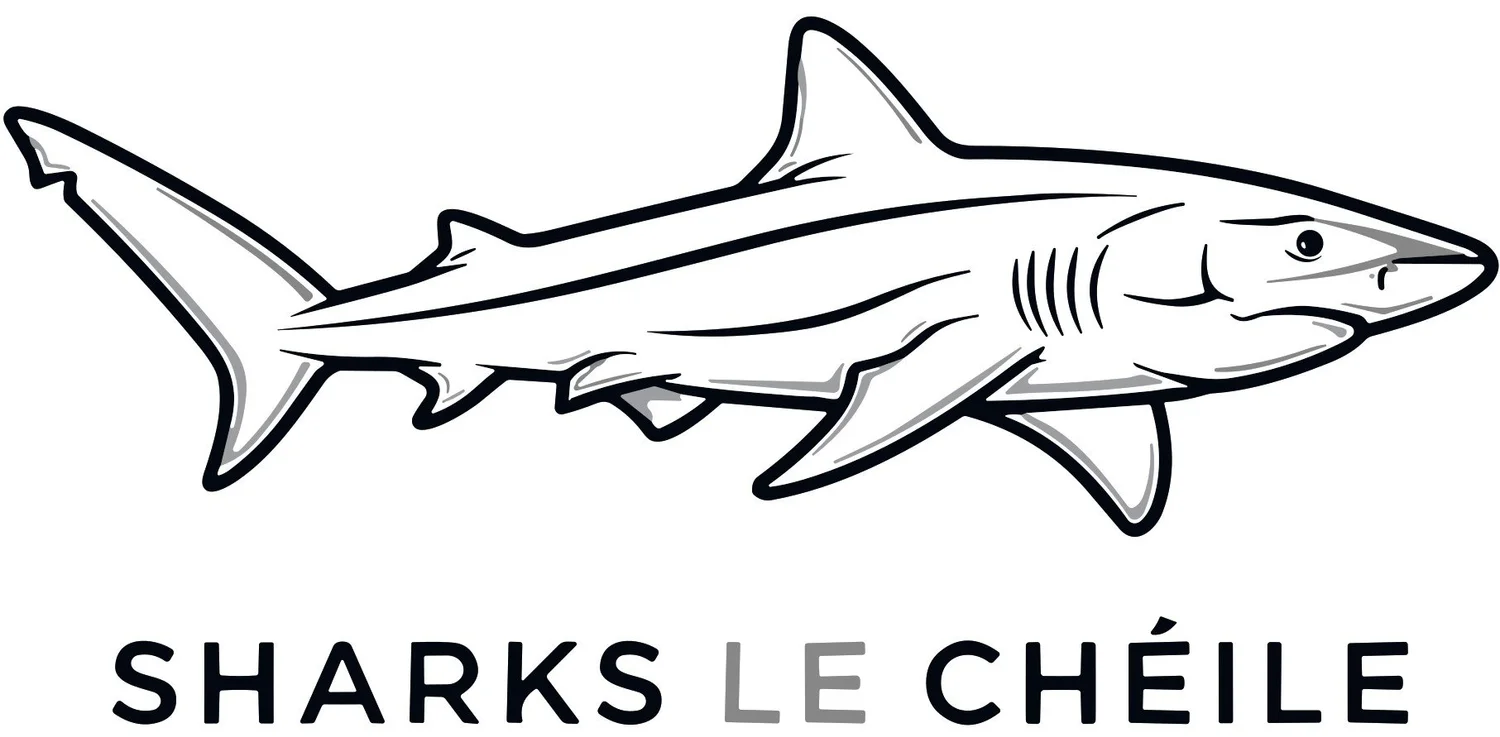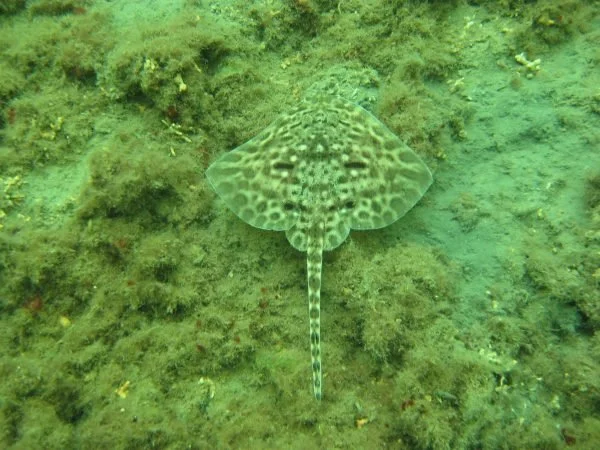
Get Involved in Conservation
For Divers
Seasearch Ireland
Seasearch is a project for divers and snorkelers, who have an interest in what they’re seeing under water, want to learn more and want to help protect the marine environment around the coasts of Ireland and the UK. Marine conservation is a topic that is garnering more and more attention in recent years and divers are uniquely placed to be the eyes and ears for tracking changes in our inshore marine environment.
Seasearch’s main aim is to map out the various types of sea bed found in the near-shore zone around the whole of Ireland and the UK. In addition they are recording what lives in each area, establishing the richest sites for marine life, the sites where there are problems and the sites which need protection.
Additionally, Seasearch Ireland are collaborating with The Ray Project on their skate habitat project. Seasearch have been supplying the Ray team with photos and detailed habitat descriptions of all skate and ray sightings to help aid their research of nursery habitats and biodiversity of the native Irish skates that are in desperate need of protection.
Seasearch Ireland operates an open source data policy so all records submitted go to the National Biodiversity Data Centre and are freely available to view via their online mapping system. The National Biodiversity Data Centre is a national organisation for the collection, and management of data on Ireland’s biological diversity.
Dive NI Species Recording
Snorkelers and divers in Northern Ireland can submit their species reports to Seasearch NI, CEDaR Online Recording or by using the iRecord smartphone app.
All marine species data collected within the Northern Ireland marine environment are collated and stored by the Centre for Environmental Data and Recording (CEDaR). You can view and scrutinise this data on the NBN Atlas Northern Ireland.
For full details of the various ways to contribute visit the Dive NI website using the link below
For Anglers
Inland Fisheries Ireland - Marine Sportfish Tagging Programme
The aim of the Marine Sportfish Tagging Programme is to research and promote the conservation of elasmobranchs. Since the programme began in 1970, many charter skippers around the Irish coast have collaborated with Inland Fisheries Ireland and its predecessors, to gather information on the size, distribution (geographic spread) and migratory habits of sharks, skates and rays. It remains one of the longest running tagging programmes of its kind in the world.
Tags are attached to a variety of elasmobranchs around the Irish coastline; if you catch a tagged fish, please record the number on the tag and the details of its capture. All fishermen returning a Marine Sportfish tag and recapture details will receive an 'Irish Marine Sportfish Tagging Cap'. They will be provided with as much information as we have on the fish that they caught. This will include time & place of original tagging, days at liberty and distance covered.
Visit the link below for details on how to join IFI’s tagging team to tag elasmobranchs (and bass). Anglers who regularly catch these species can be trained and equipped for tagging by staff at Inland Fisheries Ireland. To date the Marine Sportfish Tagging Programme has been running for 50 years and has tagged over 40,000 fish, providing fantastic information on the distribution and movement patterns of 15 different species.
DAERA NI Elasmobranch Tagging Programme
For anglers fishing within Northern Irish waters, tagging of elasmobranchs is managed by the Department of Agriculture, Environment and Rural Affairs (DAERA).
Full details of how to get involved will be provided shortly
For All
Purse Search Ireland
Purse Search Ireland is a massive nationwide search for mermaids’ purses, the eggcases of sharks and skates. Mermaids’ purses are frequently washed up on beaches by the surf and rising tide, and you can often find them tangled up in seaweed on the strand line. The smaller eggcases are also frequently blown by the wind and deposited right at the back of the beach, sometimes even as far as the sand dunes.
Reporting sightings of these eggcases can provide valuable information on the location of nursery areas for Ireland’s egg laying sharks and skates. Information on nursery areas is crucial for effective conservation management and protection of vulnerable species. It’s also important for the sustainable development of our fisheries. So if you are a keen beachcomber and have seen a mermaid’s purse on any shoreline around Ireland, please consider reporting it to Purse Search Ireland using their online recording form, including a photograph if possible with some indication of the size of the eggcase.
After submitting a report, Purse Search Ireland will then process your sample and identify the species to which your egg case belongs, before contacting you by e-mail.
Irish Basking Shark Group - Sighting Reports
If you have spent much time in, on or around the seas surrounding Ireland you may well have encountered Ireland’s largest shark species, and the second largest fish species in the world, the basking shark, known in Irish as liamhán mór or liamhán gréine. These magnificent animals are frequent visitors to our waters, particularly during summer months
We rely on sightings data to help us understand basking shark behaviour and movement patterns. To do so, the Irish Basking Shark Group, the National Biodiversity Data Centre and the Irish Whale and Dolphin Group work collaboratively to ensure that each sighting is recorded and stored in a single national database. Reported sightings are freely accessible for use by research groups and used to inform marine-based environmental impact assessments. To report a sighting click on the link below






